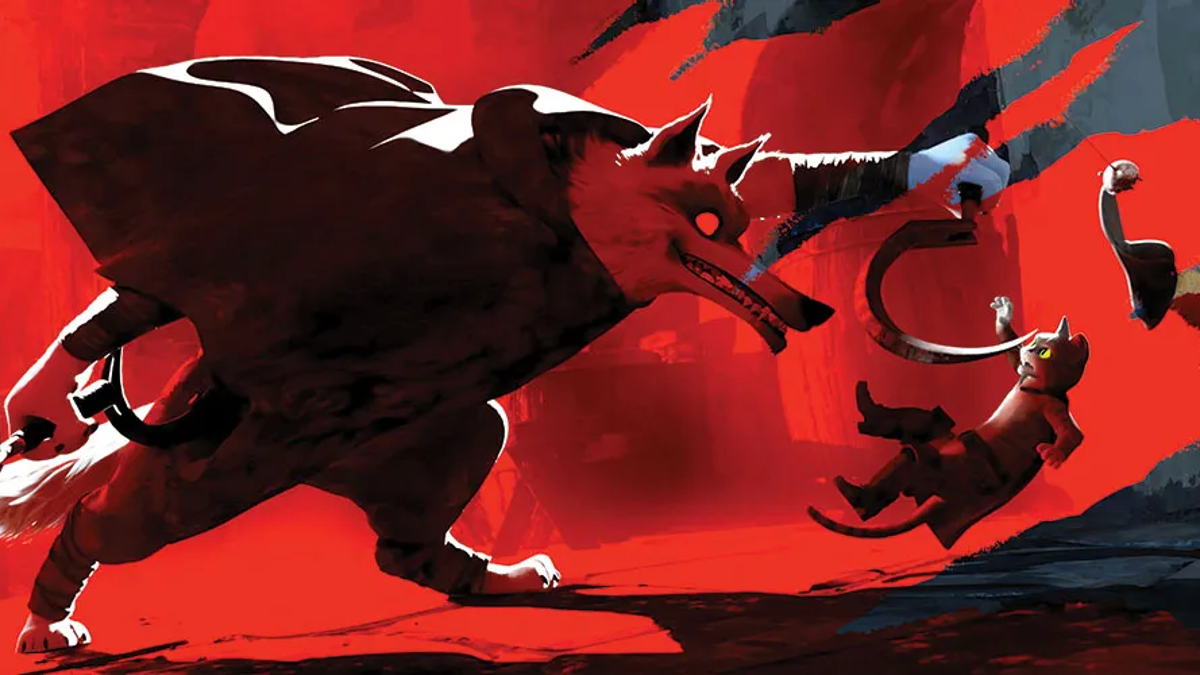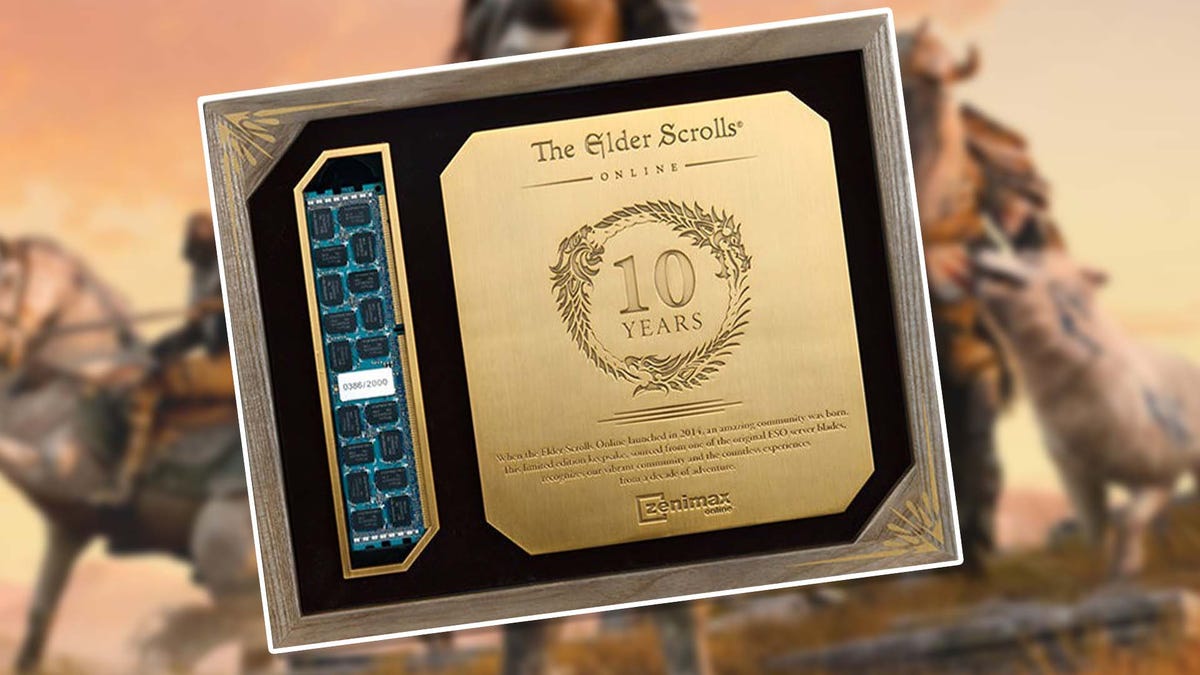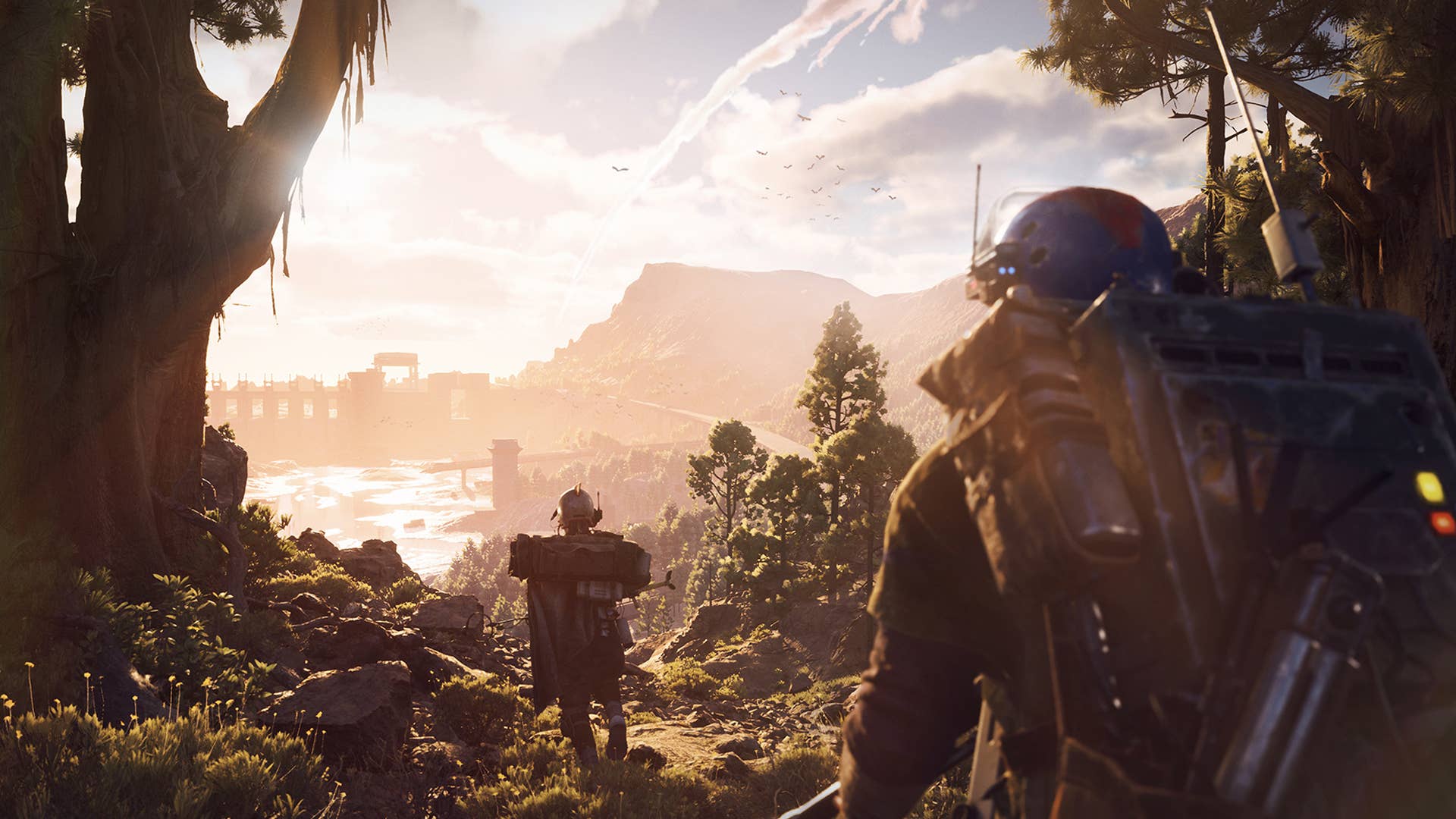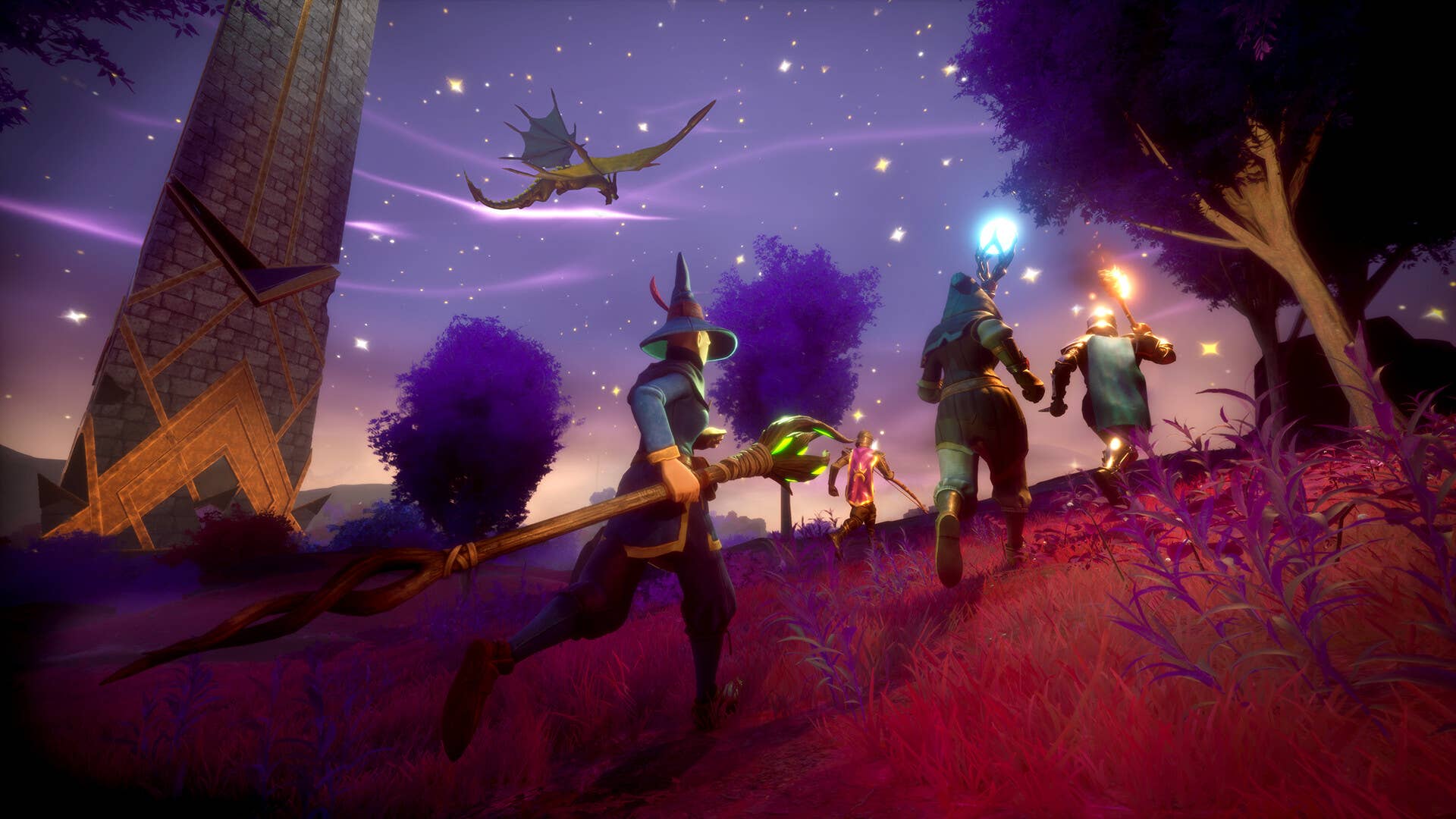All Lord of the Rings books, ranked
Even after all these decades, J.R.R. Tolkien's Middle-earth remains one of the most expansive fictional worlds ever created, and the story of The Lord of the Rings holds up as a cornerstone of literary expression in the speculative genre. From the lush landscape of Eriador in The Fellowship of the Ring, where the Ring-bearer originally sets out towards the Mountain of Fire, to the rolling hills of Beleriand where the Elves of the First Age contended with Morgoth the Black Foe and spun many tales of tragedy and triumph into existence, here are J.R.R. Tolkien's best Lord of the Rings and Middle-earth books, ranked. via William Morrow 10. The Fall of Númenor One of the latest books to be posthumously published by the Tolkien Estate, The Fall of Númenor expands on the story already outlined in The Silmarillion of how the greatest kingdom of men succumbed to Sauron's evil machinations and destroyed itself from the inside. At the beginning of the Second Age, the Valar granted the men of Middle Earth a heavenly island kingdom to live and flourish in as a reward for their assistance in the war against Morgoth, the Black Foe of the World. These were the Númenóreans, blessed with long life and great strength, from whom the line of Elendil survived into the Third Age and established the twin kingdoms of Gondor and Arnor. During the first centuries of their reign, the Numenoreans flourished under the wisdom of the Valar, protecting Middle-earth from the horrors that remained of the dark days of Morgoth's reign. And when they weren't doing that, the Númenóreans looked toward the West, beyond the sea, and wondered deep in their hearts if the gift of immortality and the light of Valinor would ever be theirs to cherish. This was the weakness that Sauron the Deceiver exploited to bring about the fall of Numenor. Sauron was taken captive during the Second Age and brought into the Island Kingdom, where he dribbled poison into the ears of its kings, slowly twisting their minds towards the worship of Morgoth, his evil master. At first glance, The Fall of Númenor might come off as just another story that Tolkien wrote to expand on his mythology, but the most haunting thing about reading this book is the realization that we humans have a lot more in common with Númenóreans these days than we realize. via HarperCollins 9. Unfinished Tales Unfinished Tales of Númenor and Middle-earth, or simply Unfinished Tales as it is more commonly known, comprises a collection of short stories and essays that Tolkien never got to polish during his lifetime. The stories center around Middle-earth and expand on the mythology already outlined in The Silmarillion, but unlike that book, Unfinished Tales can sometimes be inconsistent and incomplete, as Tolkien’s son Christopher opted to publish the notes and essays as they were, with little to no modification except for character names. The first part contains the story of Tuor and his arrival at the hidden city of Gondolin, as well as The Tale of the Children of Húrin, explaining how the curse of Morgoth dogged Túrin Turambar’s footsteps through his tragic life. The book then launches into an account of Númenor and an extensive chronicle of all its kings. Lastly, we review certain tales from the Third Age, like how Isildur was killed in the River Anduin and the Ring of Power was lost, or what Gandalf did during the Quest for Erebor from his point of view. There’s also another detailed account of how the Black Riders searched for the Ring in Eriador after Sauron released Gollum. Unfinished Tales is a book for diehard Tolkien enthusiasts who would consume any bit of trivia that came their way. Together, Unfinished Tales and the 12-part History of Middle-earth give fans exactly what they need to fill in the gaps and become one of the Lambengolmor, who were the ancient loremasters of elves. via William Morrow 8. The Fall of Gondolin One of the first stories that Tolkien ever wrote while fighting in the trenches of the Somme was the story of the fall of Gondobin, the hidden city of Elves that Morgoth burned to the ground through treachery and deceit, cementing his total victory over the Noldor in Middle-earth and perhaps even setting certain characters on a path that would spell his own ultimate doom. The Silmarillion is undoubtedly one of the best books that Tolkien ever wrote, but the sheer scale of some of the stories that defined those early years makes it difficult for people to wrap their heads around how certain events came to pass. That is not to say The Silmarillion is inadequate in conveying those narratives, but the release of books like The Fall of Gondolin has given us fans a much more comprehensive look into the tales that mattered the most to Tolkien himself in his legendarium. This 2018 publication was the last book from Tolkien's three Great Tales to be published separately, the other two being 2007's The Children of Húrin and 2017's Beren and Lúthien.
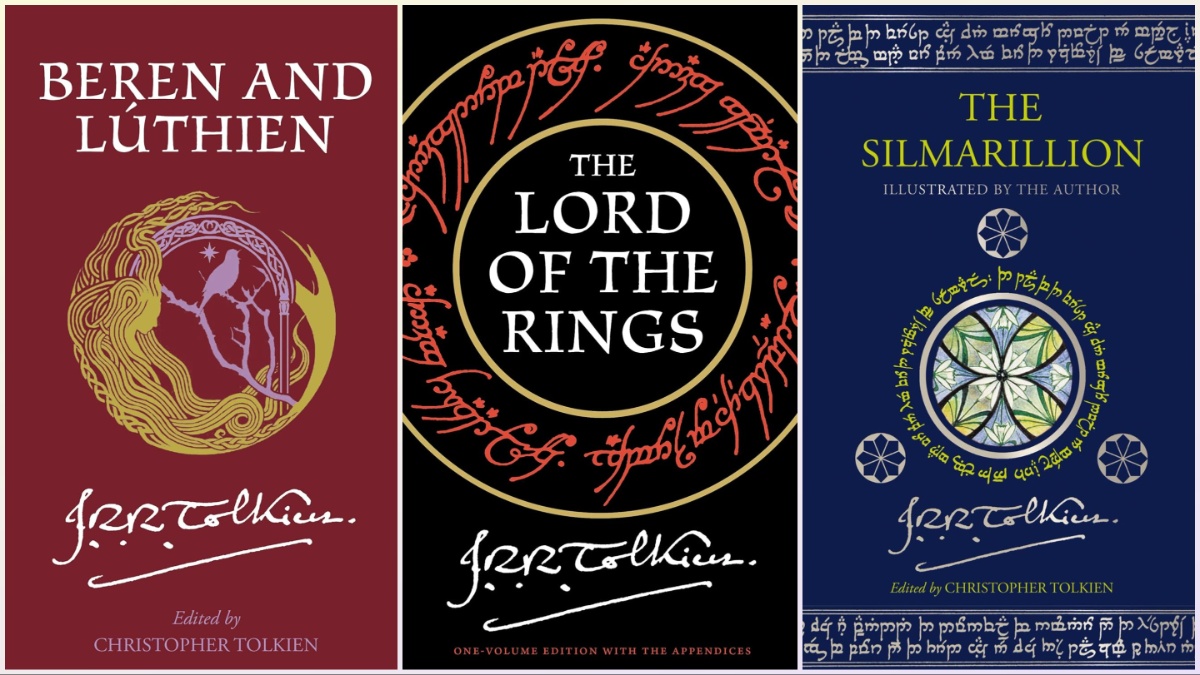

Even after all these decades, J.R.R. Tolkien's Middle-earth remains one of the most expansive fictional worlds ever created, and the story of The Lord of the Rings holds up as a cornerstone of literary expression in the speculative genre.
From the lush landscape of Eriador in The Fellowship of the Ring, where the Ring-bearer originally sets out towards the Mountain of Fire, to the rolling hills of Beleriand where the Elves of the First Age contended with Morgoth the Black Foe and spun many tales of tragedy and triumph into existence, here are J.R.R. Tolkien's best Lord of the Rings and Middle-earth books, ranked.

10. The Fall of Númenor
One of the latest books to be posthumously published by the Tolkien Estate, The Fall of Númenor expands on the story already outlined in The Silmarillion of how the greatest kingdom of men succumbed to Sauron's evil machinations and destroyed itself from the inside.
At the beginning of the Second Age, the Valar granted the men of Middle Earth a heavenly island kingdom to live and flourish in as a reward for their assistance in the war against Morgoth, the Black Foe of the World. These were the Númenóreans, blessed with long life and great strength, from whom the line of Elendil survived into the Third Age and established the twin kingdoms of Gondor and Arnor. During the first centuries of their reign, the Numenoreans flourished under the wisdom of the Valar, protecting Middle-earth from the horrors that remained of the dark days of Morgoth's reign. And when they weren't doing that, the Númenóreans looked toward the West, beyond the sea, and wondered deep in their hearts if the gift of immortality and the light of Valinor would ever be theirs to cherish.
This was the weakness that Sauron the Deceiver exploited to bring about the fall of Numenor. Sauron was taken captive during the Second Age and brought into the Island Kingdom, where he dribbled poison into the ears of its kings, slowly twisting their minds towards the worship of Morgoth, his evil master. At first glance, The Fall of Númenor might come off as just another story that Tolkien wrote to expand on his mythology, but the most haunting thing about reading this book is the realization that we humans have a lot more in common with Númenóreans these days than we realize.

9. Unfinished Tales
Unfinished Tales of Númenor and Middle-earth, or simply Unfinished Tales as it is more commonly known, comprises a collection of short stories and essays that Tolkien never got to polish during his lifetime. The stories center around Middle-earth and expand on the mythology already outlined in The Silmarillion, but unlike that book, Unfinished Tales can sometimes be inconsistent and incomplete, as Tolkien’s son Christopher opted to publish the notes and essays as they were, with little to no modification except for character names.
The first part contains the story of Tuor and his arrival at the hidden city of Gondolin, as well as The Tale of the Children of Húrin, explaining how the curse of Morgoth dogged Túrin Turambar’s footsteps through his tragic life. The book then launches into an account of Númenor and an extensive chronicle of all its kings. Lastly, we review certain tales from the Third Age, like how Isildur was killed in the River Anduin and the Ring of Power was lost, or what Gandalf did during the Quest for Erebor from his point of view. There’s also another detailed account of how the Black Riders searched for the Ring in Eriador after Sauron released Gollum.
Unfinished Tales is a book for diehard Tolkien enthusiasts who would consume any bit of trivia that came their way. Together, Unfinished Tales and the 12-part History of Middle-earth give fans exactly what they need to fill in the gaps and become one of the Lambengolmor, who were the ancient loremasters of elves.

8. The Fall of Gondolin
One of the first stories that Tolkien ever wrote while fighting in the trenches of the Somme was the story of the fall of Gondobin, the hidden city of Elves that Morgoth burned to the ground through treachery and deceit, cementing his total victory over the Noldor in Middle-earth and perhaps even setting certain characters on a path that would spell his own ultimate doom.
The Silmarillion is undoubtedly one of the best books that Tolkien ever wrote, but the sheer scale of some of the stories that defined those early years makes it difficult for people to wrap their heads around how certain events came to pass. That is not to say The Silmarillion is inadequate in conveying those narratives, but the release of books like The Fall of Gondolin has given us fans a much more comprehensive look into the tales that mattered the most to Tolkien himself in his legendarium. This 2018 publication was the last book from Tolkien's three Great Tales to be published separately, the other two being 2007's The Children of Húrin and 2017's Beren and Lúthien.

7. Beren and Lúthien
The second independent retelling of the Great Tales takes us to the first age again, to a time when the Men and Elves of Middle-earth contended with the Black Foe and survived, quite literally, through unnumbered tears of sorrow and unimaginable death and destruction.
Amidst this chaos and bloodshed, there lived a mortal man named Beren, son of Barahir, who fought against the shadow of Angband to the north. After the deaths of his father and fellow guerilla fighters, Beren makes his way to the hidden, impregnable kingdom of Doriath under the rule of King Thingol. There, he meets Lúthien, the most beautiful of all of the children of the god Eru Ilúvatar, and immediately falls in love with her. Beren is doomed to live the waning life of the Atani, while Lúthien is immortal.
Their tales of woe as they travel together to the very court of Morgoth and wrest from him one of the Silmarils as Lúthien’s bride price and the subsequent tragedies that befall them in their wanderings comprises most of Beren and Lúthien, though the chief difference between the tale told in The Silmarillion and the one you find in this book is that there are several versions and retellings of the same tale in the latter for those keen to know how the story evolved in Tolkien’s mind.

6. The Hobbit
Fun, whimsical, and perhaps a little absurd. After living with this story for the better part of two decades, these are the only words with which I could describe The Hobbit and its mountainous legacy in shaping speculative fiction.
In a lot of ways, it was The Hobbit’s success in 1937 that spurred Tolkien and his publishers to attempt a sequel, which would eventually be released as The Lord of the Rings in 1954. Tolkien wrote The Hobbit as a bedtime story for his children, and even the simple and humorous prose, so at odds with the stark, lyrical poetry of The Lord of the Rings, reflects the headspace of those humble beginnings.
The Hobbit remains one of the best-selling books of all time, and even after all these years, I still recommend it to people who want to get their kids into reading or are even looking for a light read themselves. If The Lord of the Rings was the birthplace of high fantasy as a genre in the speculative domain, then The Hobbit was, as Gandalf would say, “the falling of small stones that starts an avalanche in the mountains.”

5. The Two Towers
The second book in The Lord of the Rings takes the foundations already established in The Fellowship and weaves together a perfect middle act for our characters to get their bearings and embark on that last leg of the journey. From the three hunters roaming the ridden vales of Rohan to Frodo and Sam slowly making their meandering way to the land of Shadow, The Two Towers is full of memorable moments like the meeting with Faramir or the Battle of Hornburg.
While The Two Towers is my least favorite Lord of the Rings volume (unlike the movie, which is my favorite in Jackson’s trilogy), it nonetheless contains my favorite chapters in the entire work, namely when Frodo and Sam climb the stairs and enter Shelob’s lair, with the former being taken away by Orcs and Samwise Gamgee — brave, brilliant, amazing Sam — deciding to rescue his master and the book ending with this somber yet electrifying sentence: “Frodo was alive but taken by the Enemy.”

4. The Children of Húrin
The Children of Húrin is the first of the three Great Tales to receive its own outing. Not only that, but this 2007 novel is actually a continuous narrative, unlike the other two books. Out of all of Tolkien’s writings, Narn i Chîn Húrin remained the most complete, and so it almost feels like a natural addition to The Lord of the Rings and The Hobbit. The story revolves around the most tragic hero in Tolkien’s legendarium, Túrin Turambar.
Húrin Thalion, a great chieftain of men, had visited the city of Gondolin and befriended its king, Turgon. Years later, during the Nirnaeth Arnoediad, the Battle of Unnumbered Tears, Húrin came to Turgon’s aid and covered his escape, getting captured in the process. Morgoth tortured Húrin to gain knowledge of Gondolin’s location, but Húrin would not yield to the dark lord, causing him to curse Húrin and all his offspring. Morgoth then bound Húrin atop his mountain fortress and used sorcery to grant Húrin sight of all that would befall his kin. And so began the tragedy of the Children of Húrin, named Túrin and Nienor.
The former became a warrior of great renown, but his deeds often resulted in disaster for himself and those near him. Túrin is ultimately reunited with his sister Nienor, but ignorant of her real identity, he falls in love and marries her. The two kill themselves after learning the truth, Nienor by jumping into the river Taeglin and Túrin by falling on his black sword, Gurthang. Reading The Children of Húrin makes you grateful for the fact that Tolkien decided to go down a much more gentle and nuanced path with The Lord of the Rings because the tragedy of some of the stories that precede it is almost unpalatable.

3. The Return of the King
The Captains of the West are preparing for their final confrontation with Sauron’s armies: To fight a battle before the walls of the White City that will decide the fate of Middle-earth for ages to come. Frodo and Sam are pushing on toward Mount Doom despite the increasingly heavy burden they carry, and the gloom of the land of Shadow has almost wholly sapped their strength of body and will.
The Return of the King is the culmination of one of the greatest stories ever told. We get to experience Tolkien’s “Eucatastrophe” in earnest, learning that though “in all lands, love is now mingled with grief, it grows perhaps the greater.” Even the best-written, most carefully constructed tale will unravel if its author cannot pull off a satisfying ending, but Professor Tolkien, a true maestro of language and mythology, showed every author that would succeed him how it’s done by giving us the perfect ending to his trilogy, and his legendarium.

2. The Fellowship of the Ring
Among newer generations, I’ve often found that there rarely is a middle ground when it comes to The Fellowship of the Ring, it being the first volume in The Lord of the Rings. Younger readers will either love this story and understand the kind of angle Tolkien was aiming for, or they will find that the plot moves too slowly for their liking. Maybe it’s the over-descriptive language, not even bothering to hide Tolkien’s love for nature and every tree, bough, and shade in it. Perhaps they don’t know anything about the story and are put off by the ambiguous atmosphere of those first few chapters. Maybe it’s all of it; the sheer scale of a fictional world thrust into your lap.
If you find yourself among the latter, then there’s probably nothing I could write to sway your opinion, but if you are in the ranks of the former, then you understand why this book is one of the most magical books you could come across in your life. Sure, The Two Towers is contemplative. Granted, The Return of the King is epic and full of action. But The Fellowship of the Ring is, in one word, magical, even if that couldn’t even begin to capture its essence. Mistifying, fantastical, and unabashed. Poetic, unruly, and insightful. I could go on and on.
I still remember the feeling of being utterly entranced by the depiction of Lothlórien, the fairest of the Elven havens remaining in Middle-earth when the Fellowship set foot in it. Even more so than Peter Jackson's Fellowship of the Ring. And isn't it a testament to the power of an author's voice and prose that even one of the most acclaimed masterpieces in cinema history can't quite capture the magic found in his intricate words?

1. The Silmarillion
Narrative-wise, I might have given this first spot to The Lord of the Rings or The Hobbit, but that would be to undersell J.R.R. Tolkien’s crowning achievement, the magnum opus that defines him as one of the greats. The Silmarillion is a work that not many people will understand at first, but the captivating story of creation found therein is unlike anything we’ve seen before. Many authors pride themselves in the ability to create an immersive world and give it intricate details, but at the end of the day, those details, that history, are there to serve the plot. For Tolkien, the fictional world was an end in itself, and that’s why, when it comes to worldbuilding, few other fantasy worlds, if any, have managed to rival Middle-earth and the larger Arda even after all these decades.
The Silmarillion details how the world was spun into being by the supreme Eru Ilúvatar, how the discordant angel Melkor and his jarring countermelody pushed back against the work of his brethren, and how these beatific creatures fought in Arda many thousands of years before the Elves and Men and Dwarves ever set foot on it. It then tells the story of Elves in full, how they woke up under the light of the stars, how they made the long journey to Valinor, and how the treachery of Melkor pushed them towards ruin. It tells the story of the Silmarils, prized jewels that left only suffering in their wake. And it tells of the fall of the hidden city, and Beren and Luthien, and the children of Hurin.
The Silmarillion contains in itself the greatest fictional world ever created, and I doubt that any writer or their creation could hope to come close to matching its sheer scale any time soon.
The post All Lord of the Rings books, ranked appeared first on Destructoid.


































































-Baldur’s-Gate-3-The-Final-Patch---An-Animated-Short-00-03-43.png?width=1920&height=1920&fit=bounds&quality=70&format=jpg&auto=webp#)









